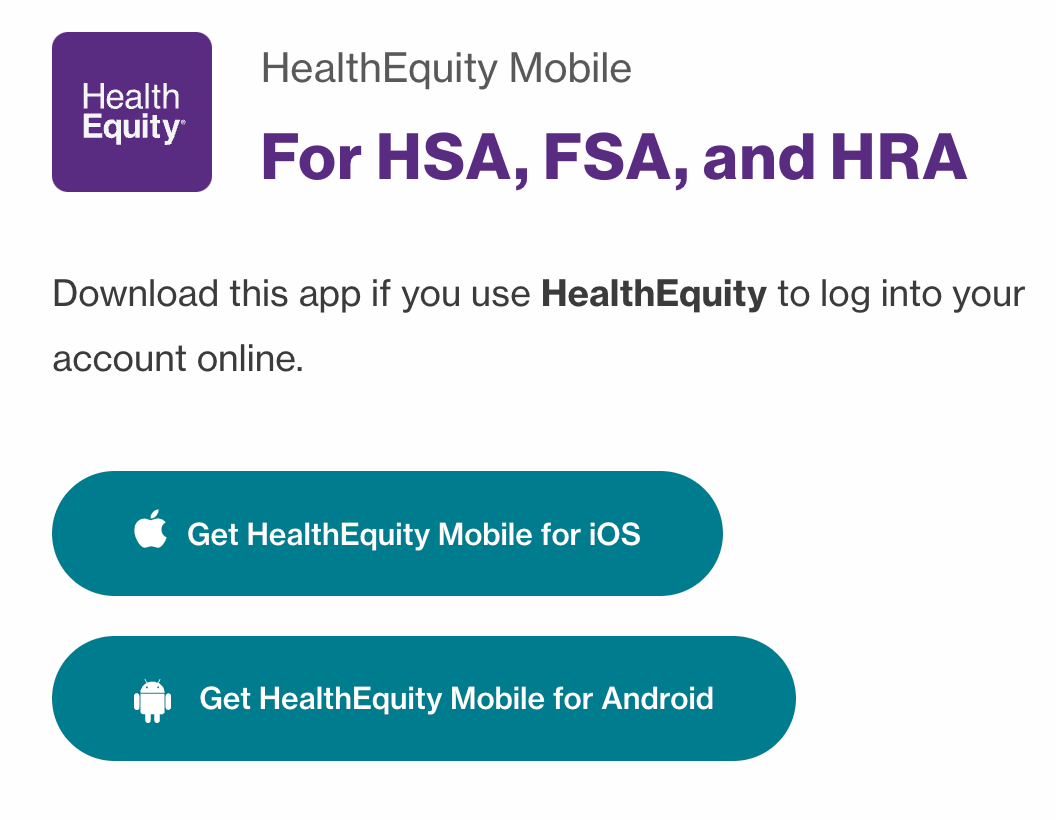TRIPLE TAX BENEFIT
HSA and FSA
If you can imagine a financial product that provided tax-free income, tax-free growth, and tax-free spending, then you can imagine the amazing Health Savings Account (HSA):
HSA Limits for 2025
As we look ahead to 2025, it's important to stay informed about the contribution limits for Health Savings Accounts (HSAs) and the requirements for High-Deductible Health Plans (HDHPs). For those with self-only coverage, the contribution limit will be $4,300, while families can contribute up to $8,550. Plus, if you are 55+, you are permitted to deposit an additional $1,000 into your HSA.
Note: The above limits are from all sources. Specifically, Check Point deposits the below amounts into your HSA if you are enrolled in one of our HDHP plans. Therefore, the amount you may deposit is the difference between the above limits and the amount Check Point deposits.
What is an HSA?
A Health Savings Account (HSA) is a tax-advantaged account that allows you to save for medical expenses. It works in conjunction with a High-Deductible Health Plan (HDHP) and offers benefits like tax-free contributions and withdrawals for qualified medical expenses.Who can contribute to an HSA?
Anyone enrolled in a qualified HDHP can contribute to an HSA. This includes individuals with self-only or family coverage. Contributions can be made by the account holder, their employer, or anyone else on their behalf.What are the tax benefits?
HSAs offer triple tax benefits: contributions are tax-deductible, the account grows tax-free, and withdrawals for qualified medical expenses are also tax-free. This makes HSAs a powerful tool for managing healthcare costs.How do I open an HSA?
Opening an HSA is simple! You can do it through banks, credit unions, or specialized HSA providers. Just ensure that your HDHP qualifies for HSA contributions.Can I deposit to an HSA and have another plan, like an FSA?
No.
Using Your FSA, LFSA, or DFSA
Filing an expense reimbursement claim with your Flexible Spending Account (FSA) with HealthEquity is a straightforward process, though it comes with a few essential steps. Typically, you'll need to gather itemized receipts and complete a reimbursement form, ensuring that your expenses align with FSA guidelines.
What To Keep and Submit
When using your HealthEquity debit card, keep in mind, the administrator is going to require submission of supporting documentation.
Your documentation or receipt must include:
- Provider name on their own receipt or paperwork
- Date of Service
- The description of the qualified expense
- The amount charged
Most providers of services are keenly aware of these requirements, and their regular receipts and documentation are careful to denote these elements.
In most instances, you can easily submit your documentation by submitting a picture of the document using HealthEquity's mobil application.







